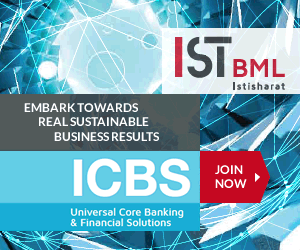7 payment problems ACH Payments solve for businesses
By Pavithra R
 Making and accepting payments is rarely as simple as it seems. Payments, whether incoming or outgoing, maybe slow, susceptible to fraud or just difficult to execute. Usually, paper is the culprit. Automated Clearing House (ACH) network offers a pervasive paperless problem solver. It is an online network for swiftly and securely moving money electronically between corporate and other bank accounts within the United States.
Making and accepting payments is rarely as simple as it seems. Payments, whether incoming or outgoing, maybe slow, susceptible to fraud or just difficult to execute. Usually, paper is the culprit. Automated Clearing House (ACH) network offers a pervasive paperless problem solver. It is an online network for swiftly and securely moving money electronically between corporate and other bank accounts within the United States.
AvidXchange, a FinTech provider of accounts payable (AP) and payment automation solutions for the middle market, has outlined 7 of the biggest payment problems ACH can solve to help businesses be more efficient and drive growth.
Remote working constraints
Since early 2020, businesses have made a paradigm shift towards remote working. But despite the upheaval, financial transactions firing through electronic online systems flowed smoothly. One critical reason is the ACH network.
“The electronic payments system infrastructure operated normally at a time when few things were normal. While a shift to electronic payments was underway well before the pandemic, it accelerated dramatically after lockdowns began last March. All of the changes and turmoil could have upended America’s payment system. They didn’t,” said Jane Larimer, president and CEO of the National Automated Clearing House Association (Nacha).
Slow payments
When a company pays vendors and suppliers slowly, it strains relationships. ACH transfers are faster than paying by paper check for several reasons, including:
- they don’t get held up by the time it takes to mail a check;
- they can’t be lost; and
- they don’t have to be manually entered.
“Same-day ACH set off the whole evolution of faster payments. Financial payment institutions began to realize the benefits of that liquidity earlier on both for the incoming and outgoing items and on the returns,” said chief innovation officer with Corporate America Credit Union during an ACH Network Video.
Strained relationships with employees and customers
ACH excels at paying employees on time. It handles this process routinely and reliably so that businesses can focus on more strategic projects such as how to grow their revenues while controlling expenses. The same ACH benefit applies to paying customers. Businesses can set up recurring monthly payments to corporate vendors using ACH payments.
High costs to make payments
Vericheck lays out the details: “ACH transactions are typically a much less expensive payment option than credit cards or paper checks. The cost associated with processing a credit card payment can range between 2 percent and 5 percent per transaction. Issuing a paper check is approximately $3-$5 per transaction when calculating printing, postage and personnel cost. An ACH payment typically costs a business less than a dollar per transaction depending on the volume of transactions and the perceived risk.”
Limited payment options
Writing checks is a relatively inflexible process. However, ACH offers the flexibility to make ACH payments convenient; and split up funds from a paycheck into different accounts.
Vulnerable payments
Paper checks are vulnerable to fraud. ACH payments help solve this issue. There are 2 security problems consumers are especially concerned about that ACH helps solve: financial and privacy losses. Not only are ACH transactions programmed, so is the entire financial network. Protections get installed at each transaction stage to prevent human mistakes or fraudulent attacks.
Poor payment visibility
Most payment problems can be dramatically reduced by climbing aboard the ACH network. It also excels at letting consumers know about the start of the transaction and when the funds left the account.
Also, read Payments & Cards Systems and Suppliers Report 2021
IBSi Daily News Analysis
IBSi FinTech Journal
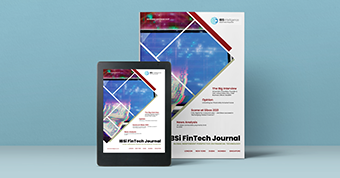
- Most trusted FinTech journal since 1991
- Digital monthly issue
- 60+ pages of research, analysis, interviews, opinions, and rankings
- Global coverage
Other Related News
Related Reports
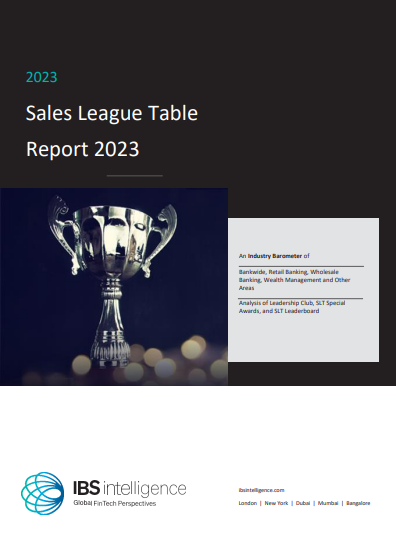
Sales League Table Report 2023
Know More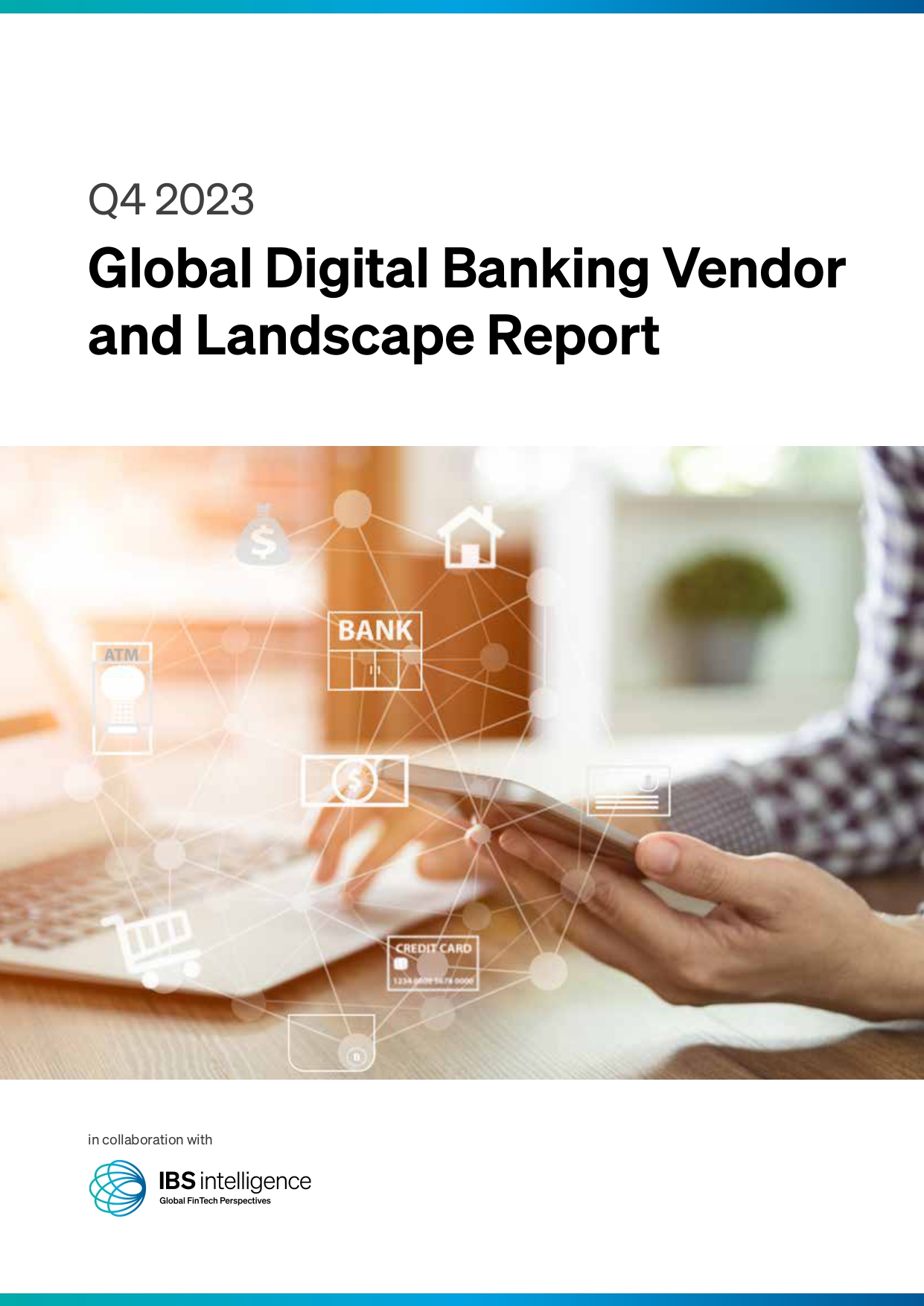
Global Digital Banking Vendor & Landscape Report Q4 2023
Know More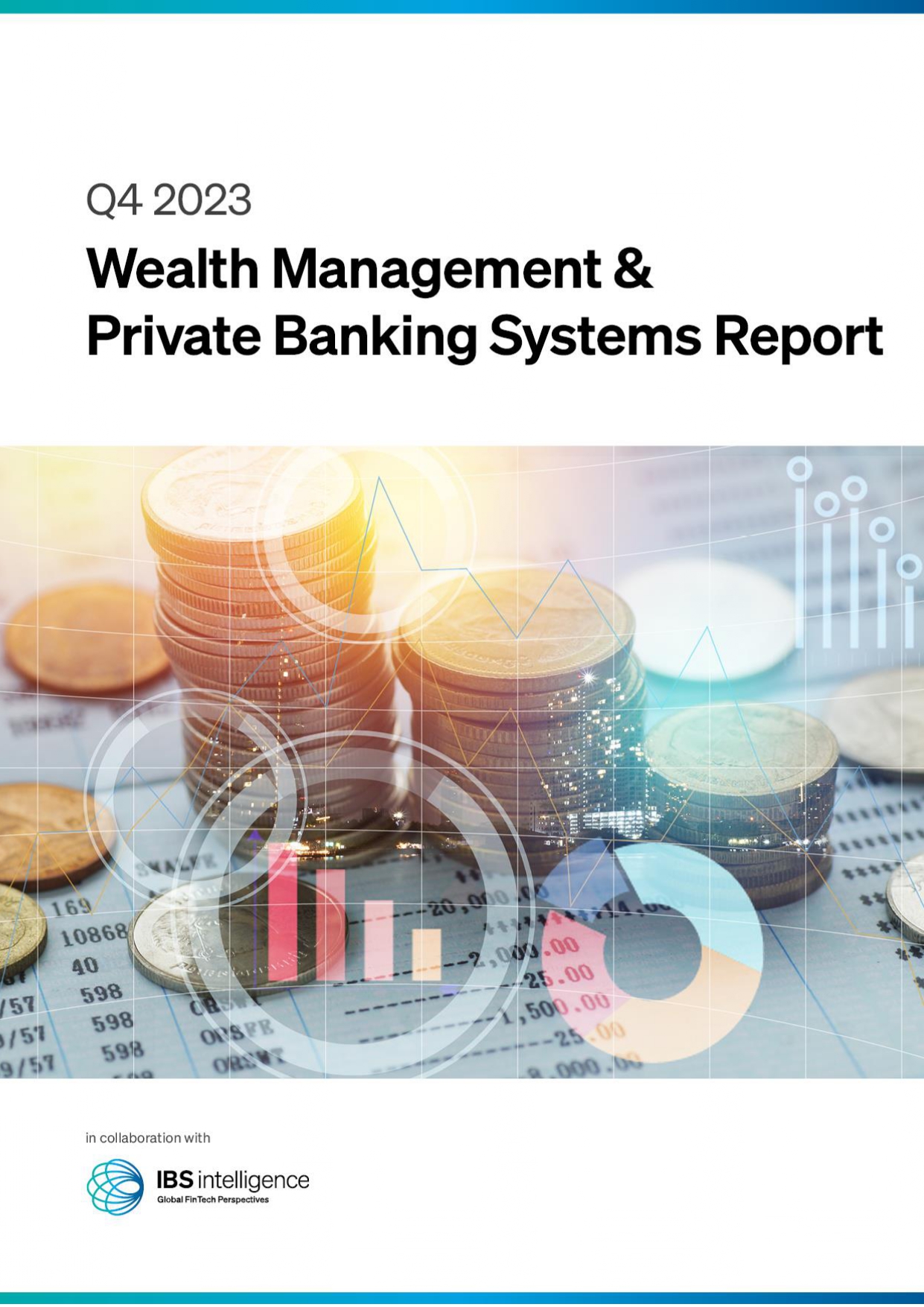
Wealth Management & Private Banking Systems Report Q4 2023
Know More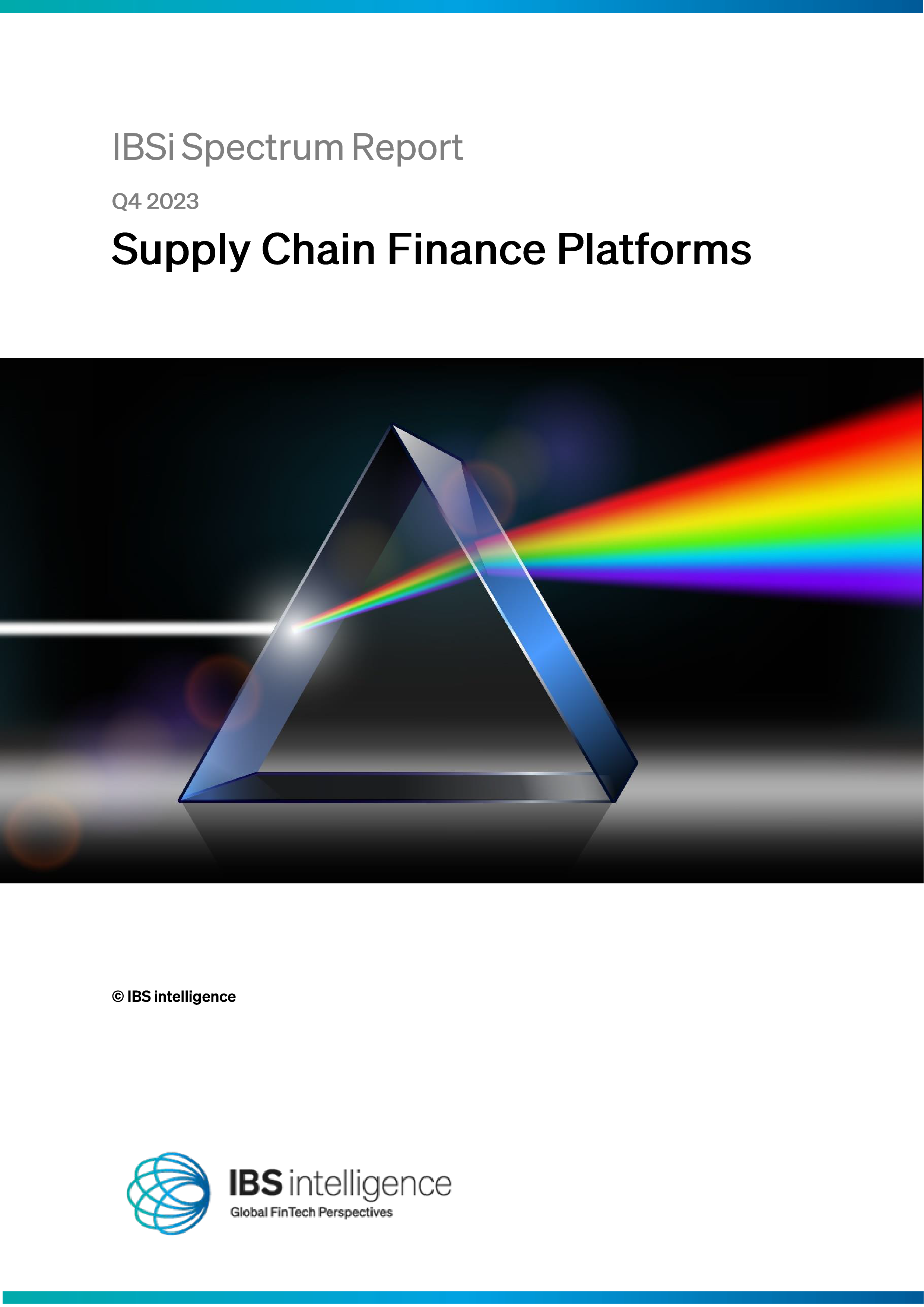
IBSi Spectrum Report: Supply Chain Finance Platforms Q4 2023
Know More


